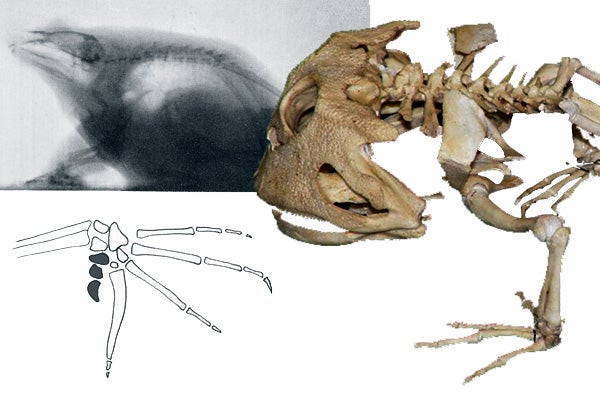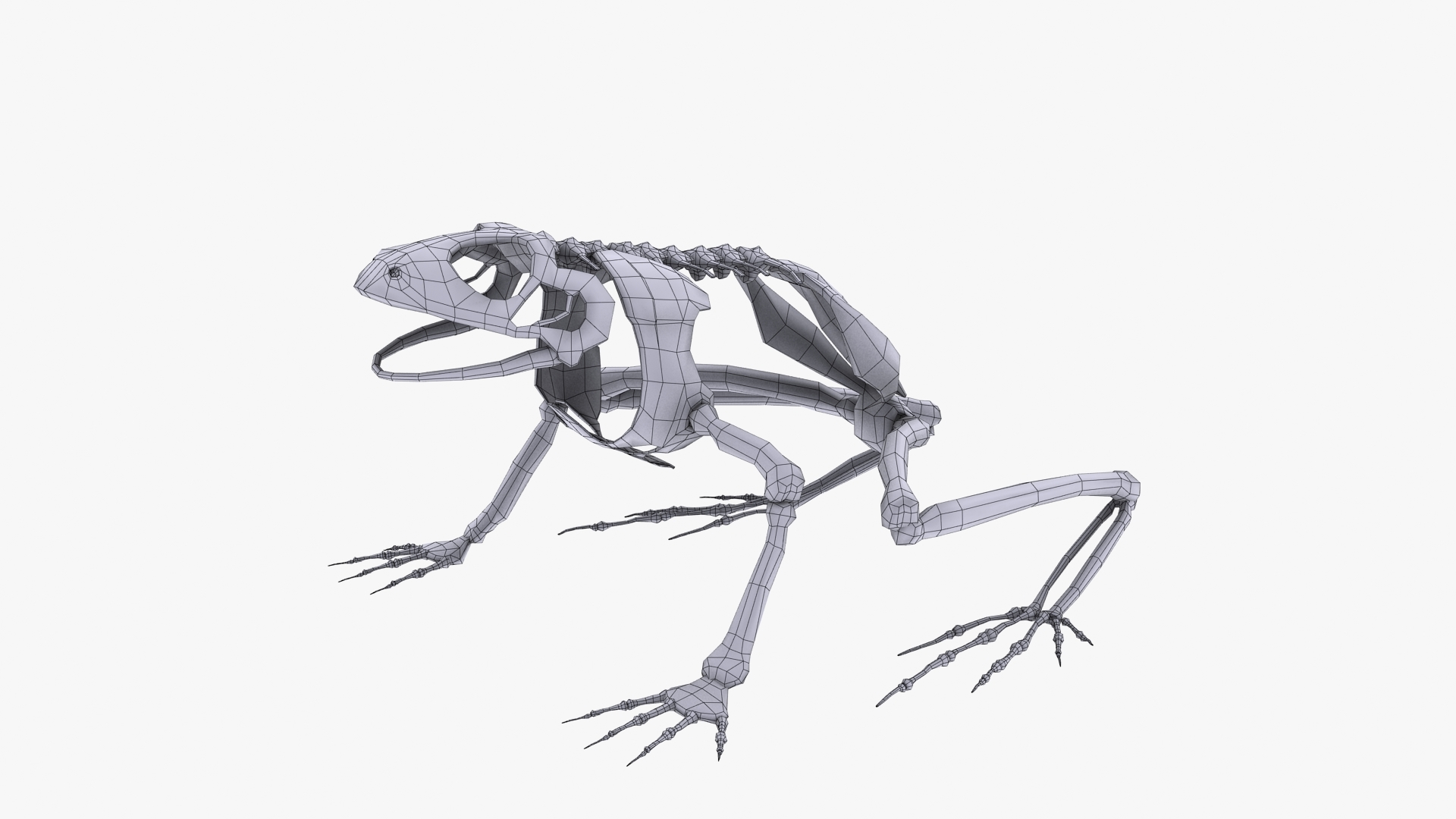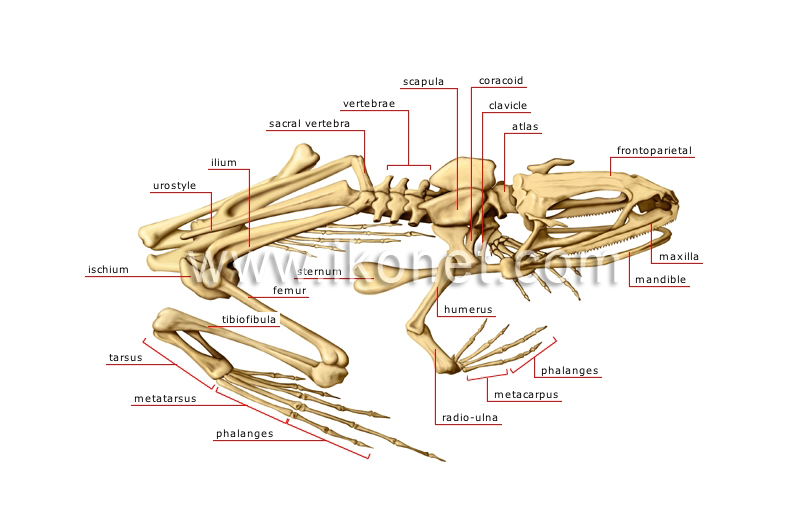

The devil frog might have been emergency dinosaur chow.Įvans, S., Jones, M., Krause, D. Perhaps, while in their dry season slumber, estivating Beelzebufo were juicy snacks for little Majungasaurus in search of food and water. “ Beelzebufo may have spent the hottest, driest periods fully or partially buried, possibly within a cocoon, as do many arid-adapted living anurans,” Evans and coauthors write, “emerging to feed and reproduce during periods of wetter and/or cooler conditions.” Finding direct evidence of such behavior is going to be tricky, especially for a species mostly known from disarticulated bits and pieces, but the hypothesis brings up a new vision that flips the frog’s reputation as the terror of small dinosaurs.

And given similarities between Beelzebufo and its living relatives in South America, Evans and coauthors propose that the fossil frog likely burrowed into the soil to escape the heat. The frog was too heavily-built to hop, and instead walked over a landscape that experienced harsh swings between the wet and dry seasons. Nevertheless, the new, more complete fossil material has allowed Evans and colleagues to gain a better understanding of how Beezlebufo survived in Cretaceous Madagascar. There’s scrappy evidence for bigger Beelzebufo that may have been about nine inches long, and different individuals likely reached disparate adult sizes, but the frog wasn’t so monstrous as the globular, dinosaur-chomping glutton that made headlines six years ago. Using measurements from the Brazilian horned frog to plug some skeletal gaps, Evans and coauthors estimate that the most complete Beelzebufo yet found was only about seven and a half inches long. But, contrary to earlier estimates, the big-mouthed anuran may not have been large enough to consume infant Majungasaurus.

With a skull like that, Beelzebufo likely ambushed and engulfed whatever prey would fit into its mouth. Measuring about six inches across the back and three inches long, the frog had a short, wide head fitted with small, plate-like teeth along the jaws. The new Beelzebufo reconstruction looks like a set of legs meant to propel a huge skull. But with recently-discovered, articulated parts of the skull, backbone, and hindlimb, Evans and colleagues have found that Beelzebufo was “even more bizarre and heavily armoured than earlier reconstructions depicted.” That made sense given the frog’s relatively close relationship to such “Pacman frogs” living today. Based on the original description, early restorations of Beelzebufo looked like a pumped up version of the Surinam horned frog (a grouchy-looking amphibian found in South America).


 0 kommentar(er)
0 kommentar(er)
